
Head of AI (Research) @ Asset Manager. Quant PhD. Financial economist. Engineer. Tech and science enthusiast. Angel investor. All opinions are my own.
How to get URL link on X (Twitter) App

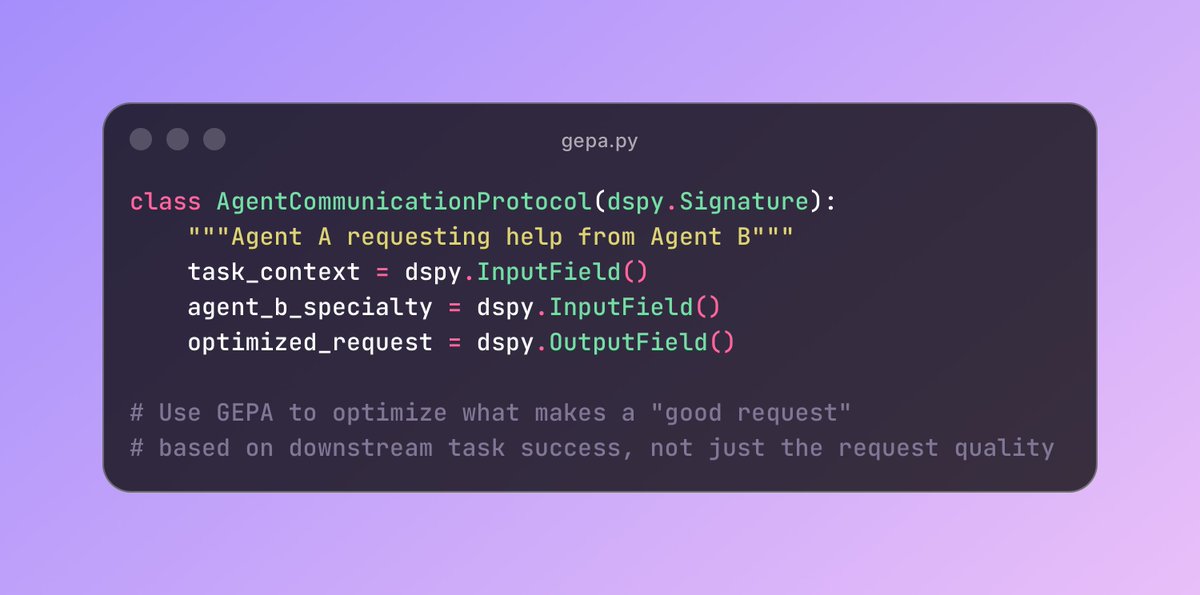
 2/ Each DSPy signature becomes a communication interface, and GEPA optimizes:
2/ Each DSPy signature becomes a communication interface, and GEPA optimizes:
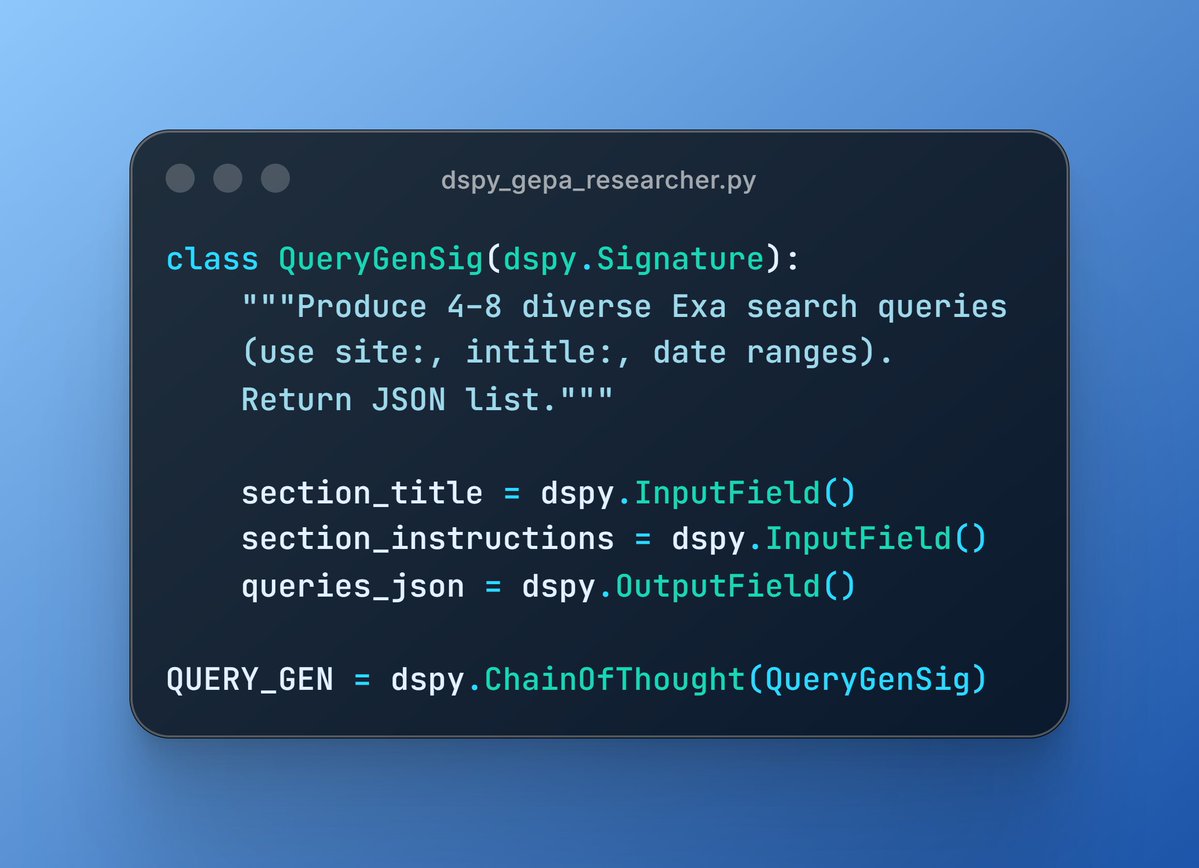

 2/13
2/13
 2/13
2/13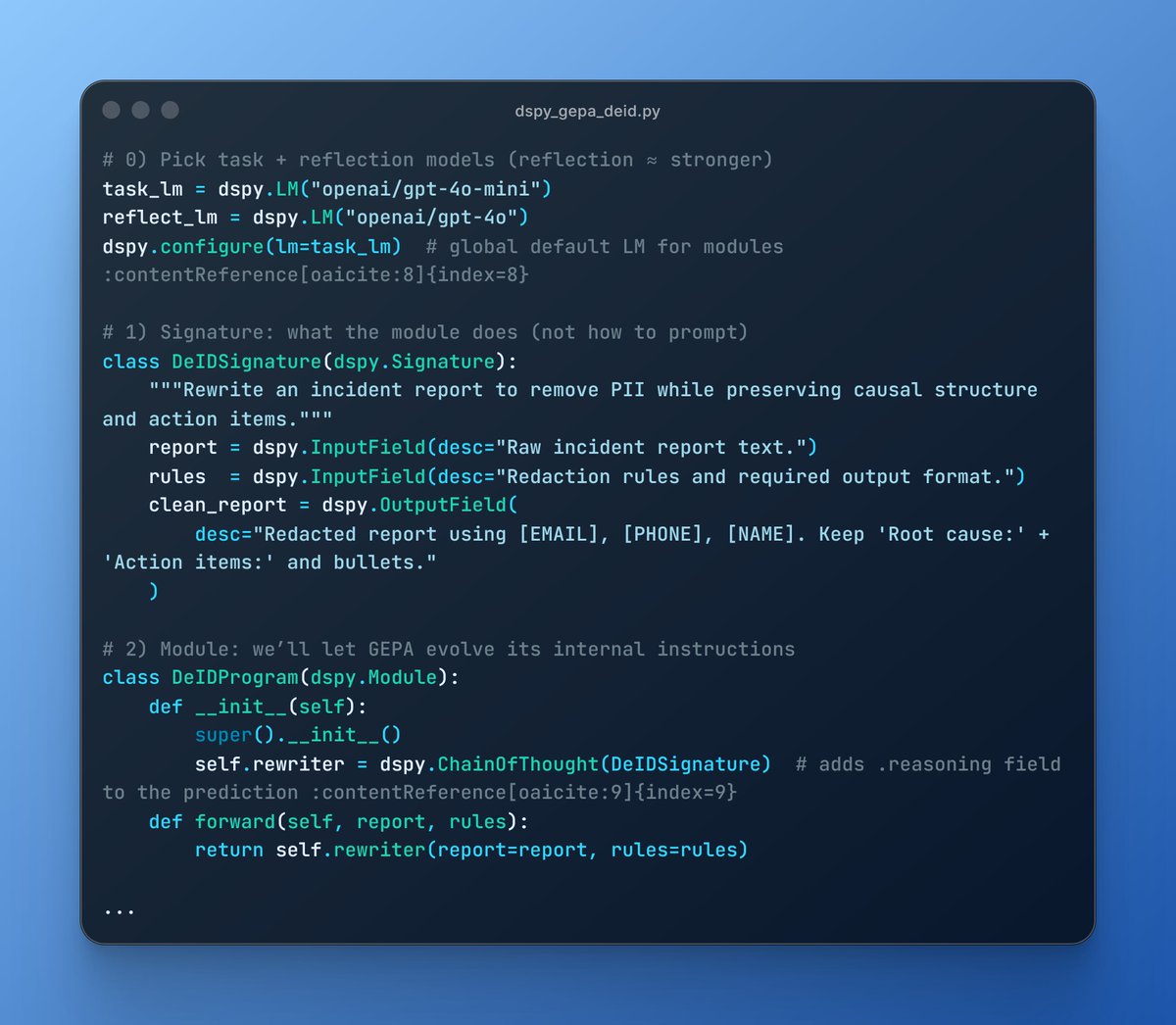
 Using dspy.GEPA, we evolve a prompt until:
Using dspy.GEPA, we evolve a prompt until: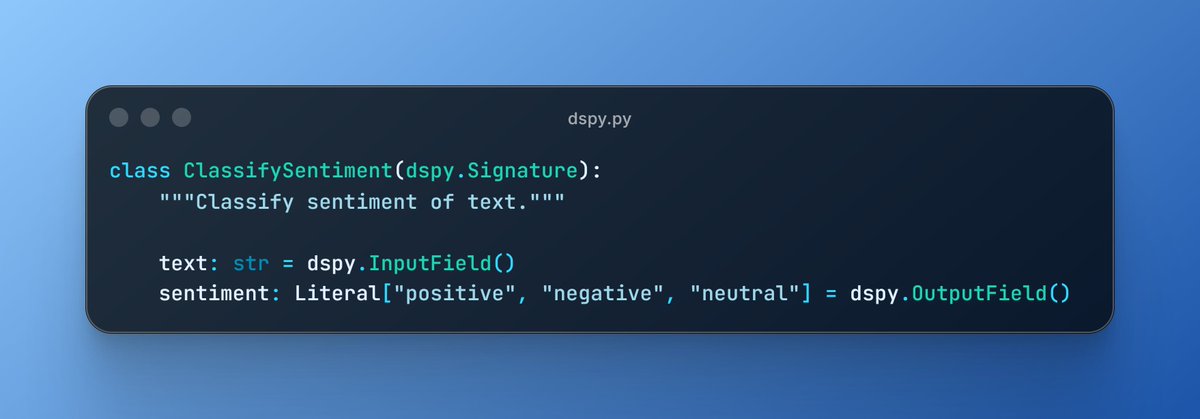
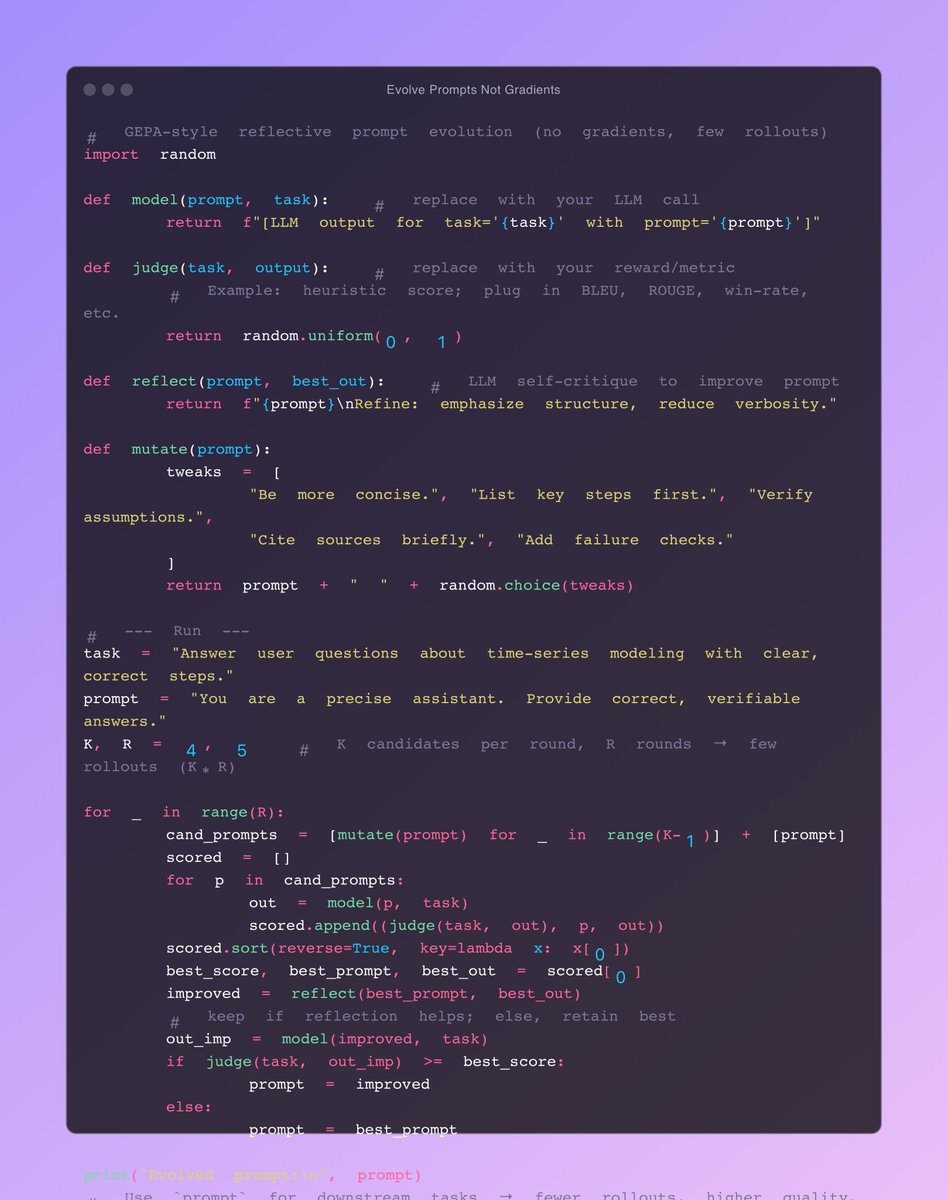
 Why it clicks in DSPy: your “student” is a declarative program. GEPA reads structured traces, proposes targeted instruction edits per module, keeps a Pareto frontier of complementary candidates, and can even merge the best modules across lineages.
Why it clicks in DSPy: your “student” is a declarative program. GEPA reads structured traces, proposes targeted instruction edits per module, keeps a Pareto frontier of complementary candidates, and can even merge the best modules across lineages.